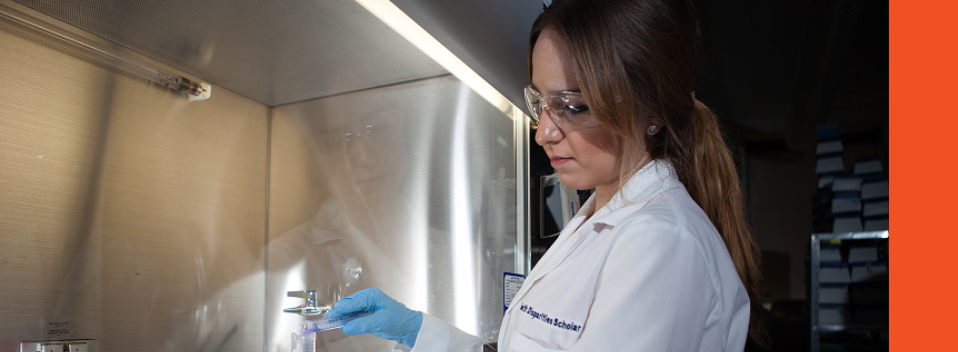
Health & Biomedical Sciences Faculty Publications and Presentations
Effects of static magnetic fields on the enteropathogenic Escherichia coli
Document Type
Article
Publication Date
10-2017
Abstract
This study reports the effects of exposing cells of the prototypical enteropathogenic Escherichia coli (EPEC) strain E2348/69 to static magnetic fields (SMF) of varying intensities to observe their capacity to autoaggregate and the effect on cell adherence. The results showed that bacteria exposure over the course of 5 min to an intensity of 53 mT reduced autoaggregation by 28%. However, with intensities of up to 100 mT with the same exposure time, bacteria autoaggregation was reduced by approximately 50%; and after 30 min at the same intensity, it was indistinguishable from that observed in a non-autoaggregative strain. Furthermore, it was observed that SMF treatment also modified the typical localized adherence pattern of EPEC E2348/69. The observed effects are not related to bacteria damage. The above was confirmed because, after a 107 mT SMF treatment over the course of 30 min, cell viability and membrane permeability were the same to that observed in untreated controls. The obtained results suggest that the SMF effect on the E2348/69 EPEC strain alters the expression of the bundle-forming pilus (BFP), due to the fact that the same strain without the EPEC adherence factor plasmid that encodes the BFP operon was unable to autoaggregate. Electron microscopic analyses revealed structural differences between cells exposed to SMF with respect to untreated controls. In conclusion, the SMF treatment of 107 mT for 30 min reduced EPEC E2348/69 autoaggregation and modified its adherence pattern, with both events likely being associated with changes in BFP expression.
Recommended Citation
Quiñones‐Peña, María A., Gustavo Tavizon, José L. Puente, Claudia Martínez‐Anaya, Ulises Hernández‐Chiñas, and Carlos A. Eslava. "Effects of static magnetic fields on the enteropathogenic Escherichia coli." Bioelectromagnetics 38, no. 7 (2017): 570-578. https://doi.org/10.1002/bem.22077
Publication Title
Bioelectromagnetics
DOI
10.1002/bem.22077


Comments
© 2017 Wiley Periodicals, Inc.
https://onlinelibrary.wiley.com/share/N4PDDZDBAZ5Q4ZPIXMX2?target=10.1002/bem.22077